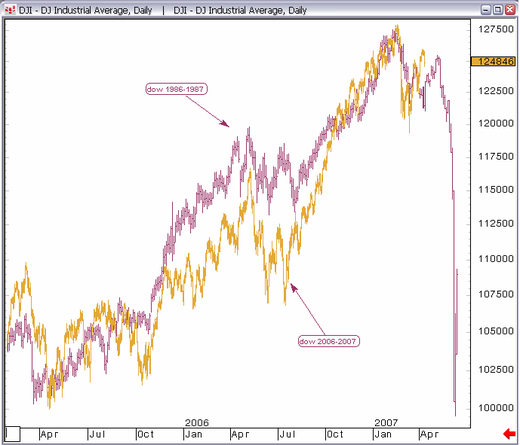Posted by Jason G. under Uncategorized
No Comments
A friend recently suggested a new book by Monish Pabrai called The Dhando Investor. The literal translation of the word Dhando is “endeavors that create wealth.”
Mr. Pabrai has an interesting reputation as an aggressive value investor (not to be confused with the Aggressive Conservative Investor Marty Whitman) and could be one of the next generation of Warren Buffet-like investors.
You can see his profile and stock holdings at StockPickr, or at least as much of his stock holdings as outsiders can discern from required regulatory filings.
One of the more interesting points is his compensation structure. Unlike the typical hedge fund “2 and 20” (2% of assets plus 20% of profits), Pabrai takes no fee on assets managed, nor any fee on the first 6% of profits. However, he takes 25% of profits above 6%. The higher portion of the profits don’t improve his portion of the profits (compared to 20% of all profit) until he nets 30% profits in a given year.
According to StockPicker, his hedge fund (with $300 m under management) has returned an annualized 26% since 1999. Not too shabby.
Could this be the next Margin of Safety? Pabrai’s previous book is out of print and goes for $225…
